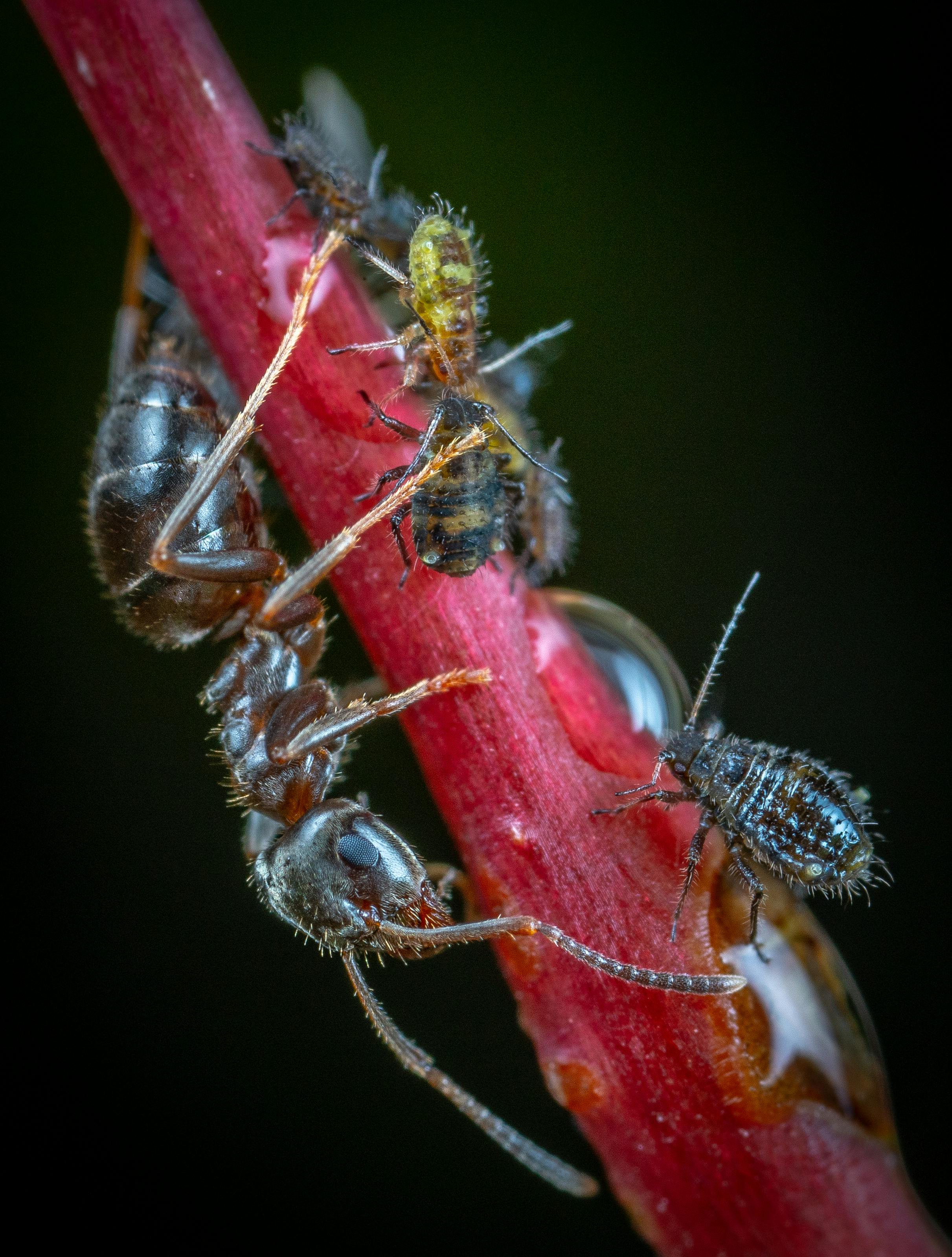
Apply Now


Effective Ways to Plant Carrots for a Successful Garden in 2025
Carrots are a rewarding addition to any garden, offering both flavor and nutrition. Whether you are a seasoned gardener or just beginning, knowing how to plant carrots effectively is essential for a successful harvest. This article serves as a comprehensive carrot planting guide for 2025, providing you with practical advice on everything from choosing the right seeds to ensuring optimal growing conditions. Understanding the specific requirements for growing carrots, including soil conditions, watering schedules, and pest management, can dramatically enhance your crop yield. Carrots thrive in well-drained sandy soil, where they have space to develop their characteristic roots. They are typically sown directly into the ground, making carrot seed germination a straightforward process if other conditions are met. In this article, you will learn about the best practices for planting carrots, including companion planting strategies that benefit carrot health and growth. We will explore the importance of proper carrot care, from seed sowing to harvesting, to ensure that you enjoy fresh, flavorful carrots all season long. Ultimately, you will discover essential carrot cultivation tips that will help you avoid common pitfalls and improve your gardening experience. Let’s delve into the details of planting carrots effectively!Choosing the Right Carrot Seeds for Your Garden
When starting your carrot journey, the first and most vital step is selecting the right carrot seeds. There are many varieties of carrots available, and each has unique characteristics. Some common types include heirloom carrots, hybrid varieties, and baby carrots, each with specific flavors and textures. To begin, consider the climate of your area. Some carrot varieties are better adapted to cooler conditions, making them suitable for early spring planting, while others thrive in warm summer temperatures. For example, ‘Nantes’ carrots are an excellent choice for most climates, offering sweetness and fiber. Additionally, think about the final use of the carrots. If you're aiming for a delicious harvest of fresh baby carrots, choose shorter varieties that are suited for closer spacing. In contrast, long carrots may require significant depth when sowing. It's also essential to be aware of common issues with carrot growth, such as disease susceptibility. Opting for organic carrots can be beneficial, as they are often cultivated with methods that reduce the risk of pests and diseases. This naturally leads us to discuss the best soil for carrots, which plays a critical role in seedling health.Preparing the Best Soil for Carrots
The foundation of growing healthy carrots begins with proper soil preparation. Carrots perform best in loose, sandy loam soil that is rich in organic matter. Ideal soil for carrots has excellent drainage and a pH of around 6.0 to 6.8. To prepare your soil, start by removing rocks and debris, as these can impede root growth. Using a tiller, break up the soil to create a finely textured mix, which enhances the carrot's growth stages. You can also amend the soil with well-rotted compost or organic fertilizers to boost nutrient levels. Compost not only improves the soil’s nutrient content but also enhances its structure and drainage capability, aiding in moisture retention. Ensure that the soil is adequately aerated, allowing for the unrestricted growth of carrot roots. To maintain an ideal environment for planting carrots, cover the soil with mulch after sowing. This helps regulate moisture levels and suppress weeds, which can compete with your carrots for nutrients. With the soil prepared, it’s time to focus on effective carrot planting techniques for optimal germination.Effective Carrot Planting Techniques
There are several efficient ways to plant carrots, and direct sowing is the most common method. This involves planting seeds directly into the prepared soil, typically at a depth of 1/4 to 1/2 inch. Proper carrot planting depth is critical for successful germination and root development. When sowing, maintain a consistent spacing of about 2 to 4 inches between seeds. This spacing allows for adequate air circulation and reduces competition for nutrients, which is vital for improving carrot yield. After sowing, lightly cover the seeds with soil and water gently to keep the area moist without displacing the seeds. For gardeners looking to maximize space, using raised bed carrots can be an excellent option. Raised beds improve drainage and soil warmth, especially in cooler climates, leading to faster germination. In addition, consider utilizing a watering schedule for carrots; they need consistent moisture especially during dry spells. Deep watering once or twice a week is usually sufficient unless conditions dictate more frequent irrigation. Following these practices will set you on the path toward successful carrot cultivation. Next, let’s explore companion planting carrots, which can enhance growth and deter pests.Companion Planting for Healthy Carrots
Companion planting is an effective strategy that can significantly benefit carrot growth. Certain plants can deter pests, stimulate growth, and improve overall nutrient absorption. For instance, planting carrots alongside onions or garlic can help repel common carrot pests, including carrot flies. These companions release strong scents that mask the aroma of carrots, making it harder for pests to locate them. Additionally, legumes such as beans can provide nitrogen to the soil, supporting the nutrient requirements for carrots. Conversely, avoid planting carrots near potatoes, as they can compete for nutrients and hinder growth. This practice not only promotes healthier plants but also enhances the overall biodiversity of your garden. Make sure to research compatible plants before planting to create an effective companion planting strategy. As we explore further, we will delve into caring for your carrot seedlings, a critical aspect of ensuring a healthy harvest.Carrot Seedling Care for Maximum Growth
Once your carrot seeds have sprouted, proper carrot seedling care becomes essential for ensuring robust growth. Thin out seedlings once they reach a couple of inches tall, leaving the strongest plants spaced appropriately to ensure they have room to grow. How to thin carrots effectively is an important technique that helps prevent overcrowding. Maintaining adequate soil moisture is crucial during the early growth stages. Water regularly but ensure that the soil is not waterlogged, as too much moisture can lead to diseases affecting carrots. Monitoring carrots for signs of pests or diseases is another key aspect of carrot care. Common pests include aphids and carrot flies, which can be managed through integrated pest management strategies. Additionally, being aware of symptoms associated with diseases such as root rot or downy mildew will help in addressing issues promptly. To enhance the flavor and texture of your carrots, consider side-dressing with organic fertilizer approximately halfway through their growth cycle. This provides the necessary nutrients for roots to develop fully. As the growing season progresses, it becomes crucial to prepare for the next steps. Harvesting is the final stage of the carrot lifecycle that many gardeners look forward to.Harvesting and Storing Your Carrots
The best time to harvest carrots depends on the variety and the intended use. For baby carrots, it is advisable to harvest them when they are about 1/2 inch in diameter for a tender bite. Mature carrots can typically be harvested when they reach a thickness of 1 inch or more. To check for readiness, gently loosen the soil around the carrot’s base and pull it out if it appears fully formed. Be cautious not to damage the delicate roots. After harvesting, carrots can be stored in the refrigerator for weeks, provided they are kept clean and dry. For sustainability and long-term use, carrot seed saving is a valuable practice. By allowing some plants to flower and produce seeds, you can ensure a supply of seeds for future planting seasons. In summary, successfully growing carrots involves understanding the entire process, from seed selection to harvesting. By following these guidelines, you can cultivate healthy, flavorful carrots while experiencing the joy of growing your own food.Common Questions and Answers About Planting Carrots
**Q1: What is the best soil temperature for carrot germination?** A: Carrot seeds germinate best at soil temperatures between 50°F and 85°F (10°C to 29°C). Ensure soil is adequately warmed before sowing. **Q2: How often should I water my carrot seedlings?** A: Water carrot seedlings deeply once a week, adjusting based on rainfall. Keeping the soil moist but not soggy is key to strong growth. **Q3: What are some common carrot pests and how can I control them?** A: Common pests include carrot flies and aphids. Use companion planting and crop rotation, along with insect barriers, to manage these pests effectively. **Q4: Can I grow carrots in containers?** A: Yes! Carrots can thrive in containers as long as they are deep enough (at least 12 inches) and provide proper drainage. **Q5: How can I improve the flavor of my carrots?** A: Providing adequate nutrients, especially potassium and phosphorus, and ensuring consistent watering can enhance the flavor of your carrots significantly.
